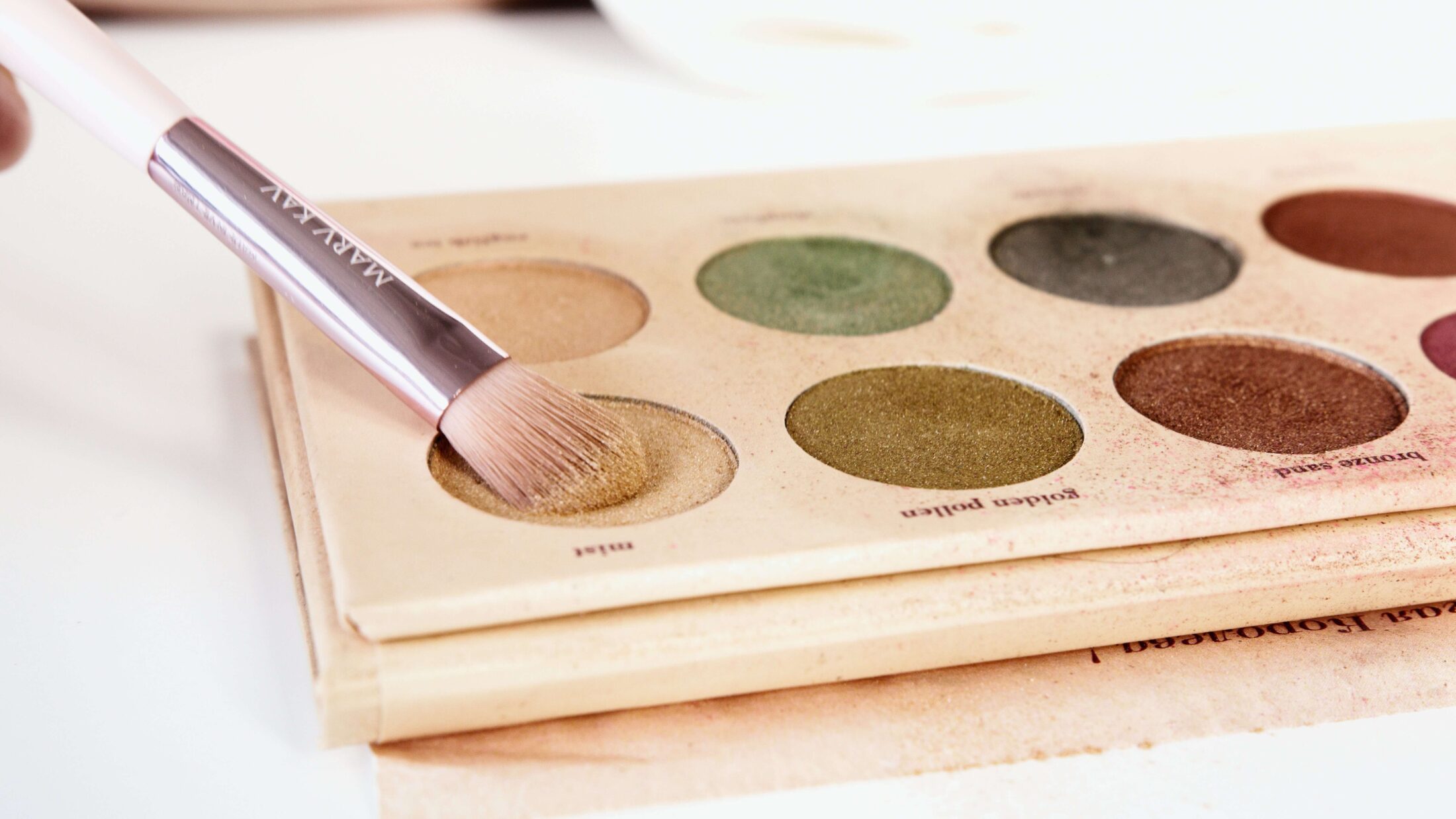Eye-Care Precision




The world of makeup is a canvas of creativity, with each stroke and shade allowing us to express our unique beauty. Pressed pigments, known for their vivid hues and rich textures, have become a staple in makeup collections. However, a pertinent question lingers – are pressed pigments truly safe for our delicate eye area? In this comprehensive beauty blog, we embark on a journey to decode the safety of pressed pigments, exploring their formulations, potential risks, and how to enjoy these vibrant colors while prioritizing the health of our eyes.
Pressed pigments are highly pigmented eyeshadows that come in compact, solid form. Unlike traditional eyeshadows, pressed pigments often boast intense color payoff, allowing for bold and artistic eye looks. The distinguishing factor lies in the formulation, which typically includes a higher concentration of colorants and less binding agents than regular eyeshadows.
The Safety Concerns
- Color Additives: Pressed pigments derive their intense colors from a higher concentration of color additives. These pigments can include dyes and lakes, and some individuals may be more sensitive to certain colorants.
- Particle Size: The particle size of pigments can vary, and finer particles may pose less risk of irritation. However, larger particles could potentially cause discomfort or abrasion to the eyes, especially if they enter the sensitive areas.
- Lack of Binders: Pressed pigments often contain fewer binders compared to traditional eyeshadows. While this contributes to the intense color payoff, it may also increase the risk of fallout or irritation if the pigments are not well-adhered to the skin.
Tips for Choosing Eye-Safe Pressed Pigments
- Check Ingredients: Before purchasing pressed pigments, scrutinize the ingredient list. Look for formulations that are free from known irritants and allergens. If you have a history of sensitivity to certain ingredients, it’s wise to patch-test a small amount before applying to the eyes.
- Opt for Fine Particle Sizes: Choose pressed pigments with finer particle sizes. Smaller particles are less likely to cause irritation or discomfort, ensuring a smoother application and reduced risk of fallout.
- Choose Reputable Brands: Stick to reputable makeup brands known for their commitment to safety and quality. Established brands often invest in rigorous testing to ensure that their products meet safety standards.
- Look for Eye-Safe Labels: Some cosmetic products are specifically labeled as eye-safe. Look for this designation on the packaging, as it indicates that the product has undergone testing and is deemed safe for use around the eyes.
- Perform a Patch Test: If you’re trying a new pressed pigment, perform a patch test on a small area of skin before applying it to your eyes. This can help identify any potential allergic reactions or sensitivities.
Benefits of Pressed Pigments
- Versatility: Pressed pigments offer a wide range of colors and finishes, allowing for endless creativity in eyeshadow looks. Their intense pigmentation makes them ideal for achieving bold and vibrant eye makeup.
- Artistic Expression: Makeup enthusiasts and professionals often turn to pressed pigments for their artistic potential. Whether creating intricate eye art or experimenting with unconventional color combinations, pressed pigments provide a platform for self-expression.
- Long-Lasting: Pressed pigments are renowned for their longevity. Once applied, the rich colors tend to stay vibrant throughout the day or night, making them a preferred choice for those seeking enduring eye makeup looks.
- Intense Color Payoff: If you crave eyeshadows that deliver true-to-pan color intensity, pressed pigments are the answer. Their formulation allows for a single swipe to provide bold and impactful color payoff.
- Diversity of Finishes: Pressed pigments often come in a variety of finishes, including matte, shimmer, and metallic. This diversity allows for the creation of multi-dimensional eye looks with depth and dimension.


How to Safely Use Pressed Pigments
- Primer is Key: Apply an eyeshadow primer before using pressed pigments. This helps create a smooth canvas for application, improves color adherence, and minimizes the risk of fallout.
- Gentle Application: When applying pressed pigments, use a light hand to avoid excessive pressure on the delicate eye area. Soft, blending motions can achieve seamless color transitions without causing irritation.
- Avoid the Waterline: Refrain from applying pressed pigments directly to the waterline. The waterline is a particularly sensitive area, and pigments applied here may increase the risk of irritation.
- Remove Carefully: When removing makeup, especially pressed pigments, use a gentle eye makeup remover or micellar water. Avoid harsh rubbing, as this can cause unnecessary stress to the skin around the eyes.
- Clean Brushes Regularly: Regularly clean your eyeshadow brushes to prevent the buildup of pigments, oils, and bacteria. Clean tools ensure a more hygienic application and reduce the risk of eye infections.
Pressed pigments can be a vibrant and exciting addition to your makeup repertoire, allowing for endless creativity and self-expression. While there are considerations regarding their safety, choosing eye-safe formulations, patch-testing, and practicing gentle application can mitigate potential risks. With the right precautions and a discerning eye for quality, you can confidently dive into the world of pressed pigments, creating stunning eye looks without compromising the health of your precious peepers. After all, beauty is not just about looking good—it’s about feeling good too.

